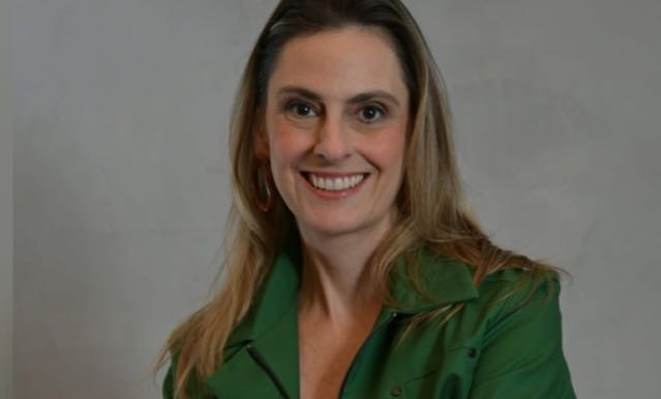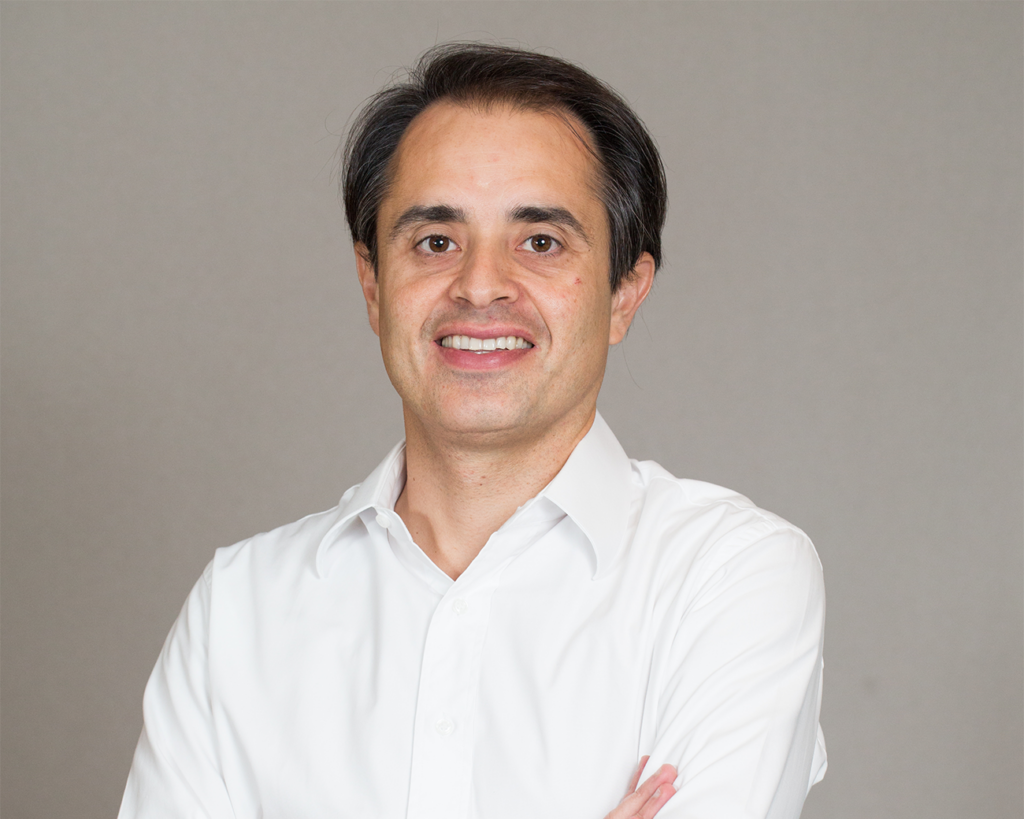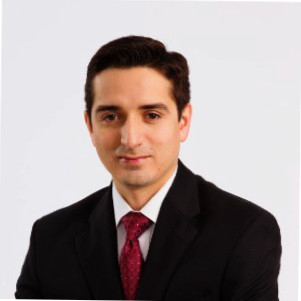Member Profiles
Sebastian Popik, Aqua Capital
19 September 2013

LAVCA spoke with Sebastian Popik, Managing Partner at Aqua Capital, on the appetite for sector-focused funds, the advantages of being based locally when dealing in agribusiness, and the current exit environment in Latin America.
LAVCA: What is your background? Where are you from and how did you get your start in the industry?
Popik: Aqua Capital started in 2009, but I have been involved in private equity for a decade, always in agribusiness and food. I got involved with private equity after running a company, which I did for five years. Before that, I was a consultant with Booz. The management experience has been fundamental to our approach at Aqua of truly building company value.
The fact that I lived nearly a third of my life in each of Brazil, Argentina and the US, as well as having a strong family background in agribusiness, has certainly been useful.
LAVCA: Based on your previous experience, why did you launch Aqua? What was the opportunity?
Popik: To build great companies, you have to be one. I felt there was room to build a true partnership focused on transforming good companies into best of their class. This opportunity is particularly compelling in mid-market agribusiness companies, which are typically more distant from managerial know-how and financial sophistication than their urban peers. Additionally, we believe there are specific segments of the agribusiness value chain that have only partially realized the opportunities from the strong growth in commodities over the past decade. Over the long-term we strongly believe that a hands-on, local, sector-focused approach is a sustainable and attractive value proposition.
LAVCA: In which types of companies do you look to invest within the agribusiness sector? Please describe the companies in your current portfolio.
Popik: Our initial focus is certainly sector-driven: we try to identify particular areas that offer above-average growth opportunities, can improve margins and/or are ripe for consolidation. We stay away from commoditized or concentrated sectors. We also look for companies that have soft capabilities that are very hard to replicate – know-how in the form of product formulas, distribution strategies, client risk management, supply chain management, or service excellence. And it is a big plus when there is a strong manager or partner wanting to stay on and go the extra mile.
We have two investments in our current Fund: Comfrio (an integrated logistics operator) and Aminoagro (a supplier of high value-added micronutrients).
LAVCA: Describe Comfrio and Aminoagro. What are their business models? Why are they a good fit for your current portfolio?
Popik: In the past two and a half years, Comfrio has gone from being a cold-storage company to a high value-added logistics operator. During this period, we started from scratch a foodservice business that now accounts for a quarter of revenues and margins, became the number one solutions supplier to the agricultural seed market, and changed our food business to the more complex, higher margin domestic food market. As a consequence, we have a more robust business model and absolute margins are nearly three times higher. The next step is to make the company asset-lighter since in countries with high capital costs, returns are more constrained. Nevertheless, Comfrio offers a strong risk-return basis, opportunities to add operational value and consolidation situations – all great reasons to keep supporting the company’s business plan.
Aminoagro operates in the foliar fertilizer business – a type of high value-added fertilizer. Its products provide nutrition to plants, and it is sold to farmers through input distribution stores. We had a very strong interest in the sector, since it is growing at double-digit rates, penetration is still a fraction of the potential, and Brazil is leading-edge in the field. What makes Aminoagro different is that it really is a technical product company with highly technological products and best-in-class supply chain and logistics. All of this translates into industry-leading margins. Just as importantly, the company has great leadership that is very aligned with our value-creation plan. In spite of this, its potential was far from explored due to certain misalignments and lack of growth capital, issues the deal solved.
Aminoagro is an example of how we provide LPs with access to the growth opportunities inherent in South America’s agribusiness sectors by selling products growing much faster than commodity growth, with additional return potential from operational improvements, and mitigated risks due to high margins and proprietary technology.
LAVCA: What are the biggest opportunities and challenges when doing business with a local family owned company?
Popik: Building trust and managing expectations are indispensable to getting good deals done. Families trust people: they have to be able to validate your reputation every step of the process. At the same time, families are typically inexperienced in M&A, so these processes are challenging. This is especially the case when you are buying control but keeping at least some partners for the day after. Managing expectations is critical along many dimensions, including how pricing is defined, what the process will entail and what the day after will look like.
In the same manner that a due diligence process is intended to minimize post-deal surprises, many of the transitional challenges – such as changing paternalistic cultures, formalizing processes, acclimatizing management for new ownership and goals – require careful anticipation and thorough execution.
LAVCA: Why have you decided to focus on Brazil and how is Aqua’s strategy a reflection of the agribusiness opportunity in the country today? What other countries are you targeting? Is Argentina part of your portfolio?
Popik: Agribusiness has been, is and we expect will continue to be one of South America’s most competitive sectors. It is on average quite developed, very large and in many categories, internationally competitive. Within South America, Brazil not only has the largest agribusiness sector but also currently presents the best risk-adjusted return perspectives. Lowered macroeconomic expectations for Brazil (in particular a weaker Real) are actually positive for agribusiness, making exports more competitive and valuations more realistic.
We are also active in the Southern Cone region. All countries have competitive agribusiness sectors and present very attractive growth opportunities. Argentina is on hold for now, but eventually it will be an interesting space to explore once again.
LAVCA: Have you found that, in order to generate deal flow in Brazil/Latin America you need to be based locally? Why or why not?
Popik: The answer may vary according to investment strategy, but in our case – dealing with agribusiness companies in rural cities – it is indispensable. Local knowledge is everything, and it is not available in market surveys. We build on our own internal research efforts, spanning hundreds of relations with local decision makers, industry specialists and managers.
It is also critical to deal with local cultures – countries as large as Brazil are comprised of several very different regions – and to be able to be checked out by others – target companies, potential managers and service providers. For us, being locally known and speaking the language is key.
LAVCA: You recently held a closing for your first fund. How successful were you at raising money from international institutional investors – what was the breakdown of LatAm vs. international LPs? Was there any hesitation from investors because this was a first time fund?
Popik: Our first fund currently has $148.4m in total commitments with a few days left in fundraising. Over three-quarters came from institutional LPs: funds of funds, foundations, DFIs and endowments. Geographically, the US, Europe and the Middle East account for almost 85% and LatAm for the rest.
It is not surprising that raising a first-time fund is challenging – it certainly was for us. I believe we were able to exceed our goals because of a strong sector-focused strategy, having a proven, credible team, and demonstrating capacity to originate and add-value to some great companies.
LAVCA: How do you view the current exit environment in Latin America? Please describe your strategy for ultimately exiting your portfolio companies. If you are targeting strategic acquirers, will they be Latin American or international companies?
Popik: Save for a brief spell, IPOs have not been a viable exit option for most deals. It is likely to remain this way for the next few years. However, strategic acquirers are very interested and active in LatAm. This is especially the case in sectors such as commodities, natural resources and consumer goods. Research indicates they pay just as much as IPOs.
Several strategics have been in the region for decades, as a result of the relevant players in the global agribusiness and food equations in Brazil and the Southern Cone. Traditionally, these strategics are headquartered in Western Europe and North America.
More recently, we have seen substantial activity from strategics based in other emerging economies: players from India have made investments in select agribusiness input sectors, and Chinese companies are increasingly seeking food offtake opportunities, among others. We think this is the start of a significant change that will alter the nationality mix of the pool of strategics substantially, making it more diverse – and dominated by countries with major populations to feed.
We focus on buying and building companies that will fetch out of the ordinary value from strategics wanting access to attractive agribusiness and food niches. In countries as large as Brazil, oftentimes buyers will be local companies seeking horizontal integration. We are not in the short-term transaction business. Rather, we find that growing and optimizing companies takes time – generally 5-6 years. Our firm’s DNA is built around supporting these situations and processes effectively.
It will be interesting to see if private equity buyers become more prevalent in the near future. I believe that this may be the case for larger mid-market deals, as the higher end of the PE market is highly contested, and as it is very challenging for funds without a local presence to deal with the lack of governance and informality of most family-owned companies.
LAVCA: To date, what has been your experience with strategic acquirers? What is your advice for using this as a viable exit?
Popik: We have found that building relationships with strategic acquirers before a sales process starts is smart. While we focus on building the best possible business, knowing what is valuable and how it will be valued allows reverse engineering some initiatives into the business plan and capturing more value at exit.
Another takeaway is that each sale process is unique: some have a handful – maybe even one – of buyers for whom this deal makes the most sense, and where value can be truly maximized. Others are better suited for a highly competitive process – for instance, our cold-storage logistics business is attractive to several international and domestic strategics as well as private equity sponsors. Regardless of the path taken, though, being prepared and disciplined are essential to minimizing price retentions and loss of focus at the company level – precisely what we worry about when we are at the buying end.
LAVCA: What are the main challenges for investors in Latin America?
Popik: There are many challenges, but in essence I believe they boil down to two.
For both GPs and LPs, the critical challenge is finding the right teams. With discipline, most other issues and variables can be managed, but if the team does not have the right values, experience, alignment, skills and endurance, it is very difficult to achieve sustainable long-term results.
Second, most of Latin America remains a fairly volatile, fast-changing environment. Opportunity windows open and close rapidly, macroeconomic conditions change and the degree of exposure to exogenous factors (e.g. FX) is large. I believe the long-term structural trends herald great opportunities for the region, but not for short-term investors. Part of the solution is managing the first challenge – having teams with the experience and stamina to navigate through these waters.
You may be interested in...
-

Luciana Antonini Ribeiro, eB Capital
Executive: Luciana Antonini Ribeiro, Co-Founder and CIO Member Name: eB Capital Year...
-

Cristiano Gioia Lauretti, Kinea Private Equity
Member: Kinea Executive: Cristiano Gioia Lauretti, Head of Private Equity HQ: São...
-

Maria Pia Iannariello, MGM Innova Capital
LAVCA recently spoke with Maria Pia Iannariello, Co-Founder & COO of MGM Innova Capital,...
-

Rafael Ramirez, Portfolio Manager, Alaska Permanent Fund Corporation
LAVCA recently spoke with Rafael Ramirez, Portfolio Manager– Private Equity &...
